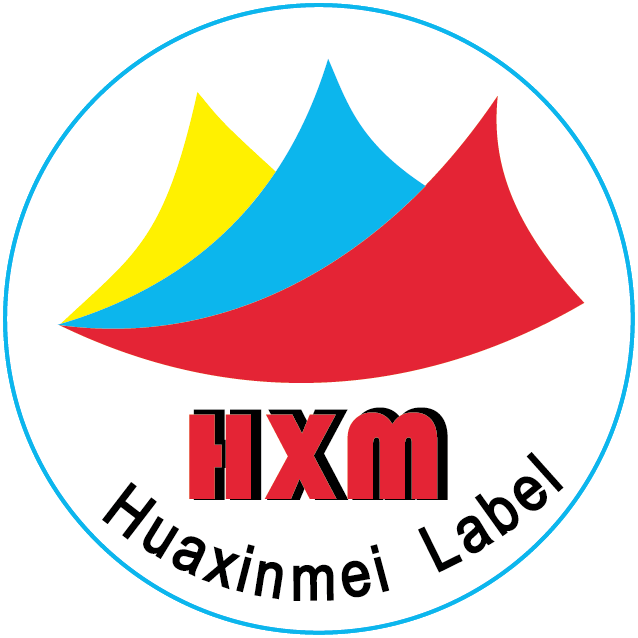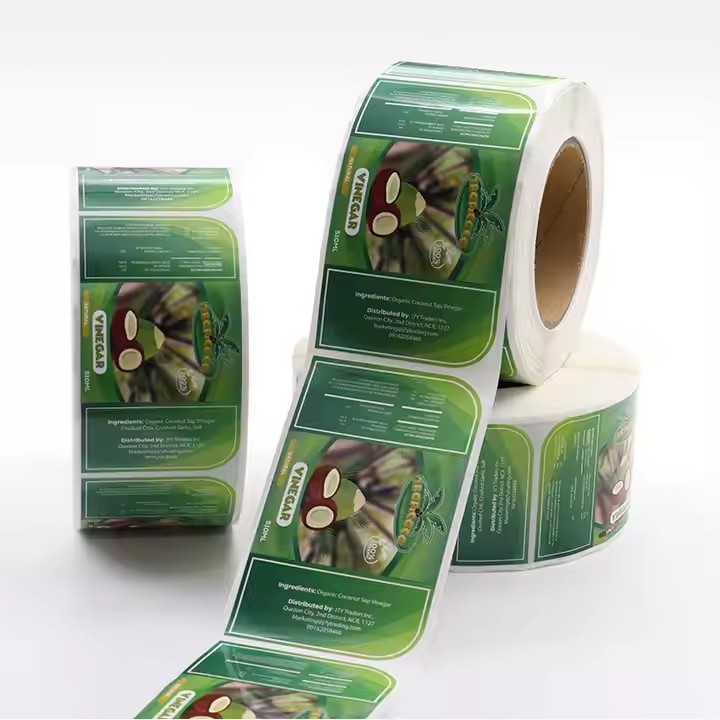
Product Quality Aspect
Product quality is the basis for product qualification and a form of responsibility to customers. The material of the label is one of the key factors determining its quality. Different application scenarios require different materials, such as paper, plastic, and synthetic materials. Different types of paper are suitable for different usage scenarios. The paper that suits the customer’s product should be selected according to the customer’s product. For example, for heavy products like large designer toy dolls, paper with strong bearing capacity, such as kraft paper, should be used. Kraft paper has high toughness and can well support the weight of the designer toy dolls. Another example is that for product labels that need to be waterproof and moisture – proof, it is necessary to ensure that the manufacturer can provide high – quality waterproof plastic label materials. This kind of material should have good water resistance and chemical corrosion resistance to ensure that the label will not fade, deform, or be damaged after coming into contact with water or chemicals. At the same time, the thickness and texture of the material are also very important. If the label material is too thin, it may be easily torn during the pasting process; while materials with good texture can enhance the overall grade of the product. For example, the labels on some high – end wine bottles usually use paper materials with a certain thickness and texture to reflect the high – quality of the product. The printing quality of label packaging is very important. Clear and accurate printing is an important feature of high – quality labels. Observe the manufacturer’s samples to see whether the printed patterns are clear and whether the colors are bright and accurate. For example, on food labels, the printing of product patterns, nutrition facts tables, and other content must be clearly legible. For the printing of brand trademarks, color accuracy is particularly important because brand colors are an important part of brand image. Attention should also be paid to the durability of printing, that is, whether the text and patterns on the label will fade or become blurred after long – term use or exposure to different environmental conditions (such as direct sunlight, high temperature, and high humidity). Outdoor advertising labels, for example, need to have good sun – resistance and weather – resistance to ensure complete information and a good appearance in a long – term outdoor environment. For any product, specific usage scenarios should be considered, as well as the problems that users may encounter during use. Anticipate the problems in advance and do as much as possible to provide good instructions on the label packaging, which is the key to helping consumers solve problems. This shows that your product is designed with the consumers’ perspective in mind to solve problems. In the early stage of label packaging production, the precision of the packaged products should also be emphasized. For the external packaging of products, because consumers are very discerning, the external label packaging of products must be more exquisitely designed to attract consumers’ attention. Custom – made labels may involve a variety of production processes, such as die – cutting, hot – stamping, embossing, etc. The precision of the manufacturer’s process directly affects the appearance and performance of the label. Take the die – cutting process as an example. Precise die – cutting can ensure that the edges of the label are neat and the shape is accurate, which is convenient for pasting and fitting on the product surface. If the die – cutting is not accurate, the label may have rough edges, which not only affects the appearance but may also lead to poor adhesion. The hot – stamping process can add a high – end feel to the label, but if the process is not up to standard, the hot – stamped part may fall off or have uneven colors. For example, on some gift – box labels, the hot – stamped text or patterns are important decorative elements, and poor – precision production processes will seriously reduce the grade of the product. Using processes such as hot – stamping and heat – transfer printing can well enhance the texture of the product, making the product look more expensive and obtaining a higher premium space through this product.

Production Capacity Aspect
As for the factors to be noted regarding production capacity, attention should be paid to production equipment and scale. Understanding the manufacturer’s production scale can help determine whether it can meet your order requirements. Large – scale label manufacturers usually have advanced equipment and sufficient production sites and can undertake large – scale orders. For example, if you are a large – scale beverage – producing enterprise and need a large number of bottle – body labels, you need to choose a manufacturer with sufficient production capacity. It should have multiple high – speed label – printing machines and die – cutting equipment to ensure on – time delivery of orders. Advanced production equipment is also very important. Modern printing equipment can provide higher printing resolution, faster production speed, and more stable printing quality. For example, digital printing equipment can achieve personalized customization and short – run printing, which has great advantages for small – batch and diverse label orders; while traditional rotary – press printing machines are suitable for large – scale, single – design label production. During the production cycle of products, attention should be paid to the delivery date. Because if the delivery is punctual, it is very likely to promote the re – cooperation between you and the customer for the customer’s order delivery, and the two cooperative parties may continue to cooperate, forming a virtuous cycle of cooperation. Punctual delivery is crucial for an enterprise’s production and sales plans. When choosing a manufacturer, it is necessary to understand its normal production cycle and delivery time. You can obtain relevant information by looking at its previous order – delivery records or consulting other customers. For example, if you have a seasonal product and need to complete the customization of labels and product packaging before a specific sales season, the manufacturer must be able to ensure the delivery of labels within the specified time. At the same time, the manufacturer’s ability to handle emergency orders should also be considered. In some cases, there may be a need to temporarily increase the order quantity or shorten the delivery time. If the manufacturer has a flexible production arrangement and emergency mechanism, it can better handle these situations.

Service Level Aspect
In terms of service level, attention should be paid to details, because details determine success or failure. Since it is custom – made labels, the manufacturer’s customization ability is very critical. It should be able to carry out personalized production according to your design requirements, such as shape, size, pattern, text content, etc. For example, if you need to customize a label for a perfume with a unique bottle shape, the manufacturer should be able to design a label shape with high fit according to the curve and size of the bottle shape and print patterns and text that conform to the brand style on the label. In addition, the manufacturer should also be able to provide a variety of customization options, such as different material combinations and special printing effects (such as fluorescent printing, luminous printing, etc.) to meet diverse market demands. The target market of perfume generally consists of relatively high – income groups. Therefore, the label packaging can be designed to be simple and elegant, in line with the high – end positioning of the perfume. Communication and response speed: Good communication is essential during the process of custom – made labels. The manufacturer should be able to promptly reply to your inquiries and order – progress inquiries. For example, when you put forward modification suggestions for label design or inquire about the production progress, the manufacturer can give a clear answer in a short time, which helps to ensure the smooth progress of the order. Moreover, the manufacturer’s sales and customer – service teams should have professional knowledge, be able to understand your needs, and provide reasonable suggestions. For example, in terms of label material selection, they can recommend the most suitable materials and production processes according to the characteristics of your product and the usage environment.

After – sales Service
After – sales service for products should be followed up in a timely manner. Because good after – sales service means good service, consumers will then form trust in this product brand and have a good rate of repeat purchases. After – sales service includes the handling of product – quality problems and subsequent technical support. If there are quality problems with the received labels, such as printing errors and material defects, the manufacturer should have a complete return – and – exchange policy and quality – compensation mechanism. For example, it can promptly remake the problematic part of the label or provide a certain amount of financial compensation. In addition, the manufacturer should also be able to provide technical support for label use, such as the correct pasting methods and storage conditions, to ensure that the label can achieve the best performance.



